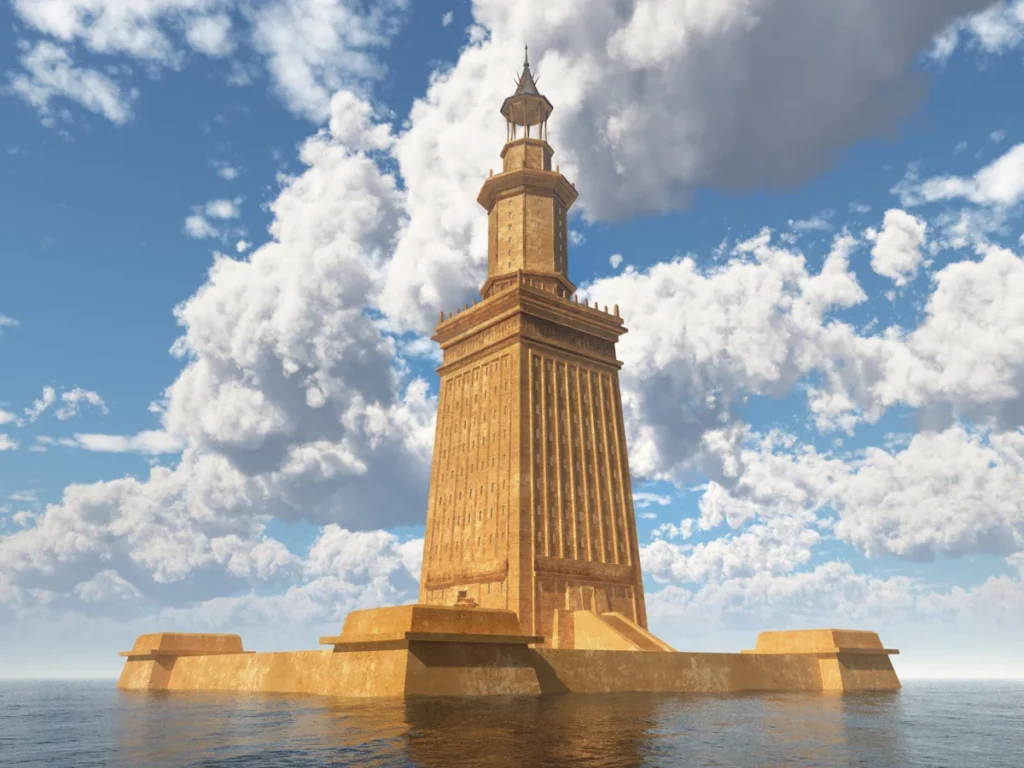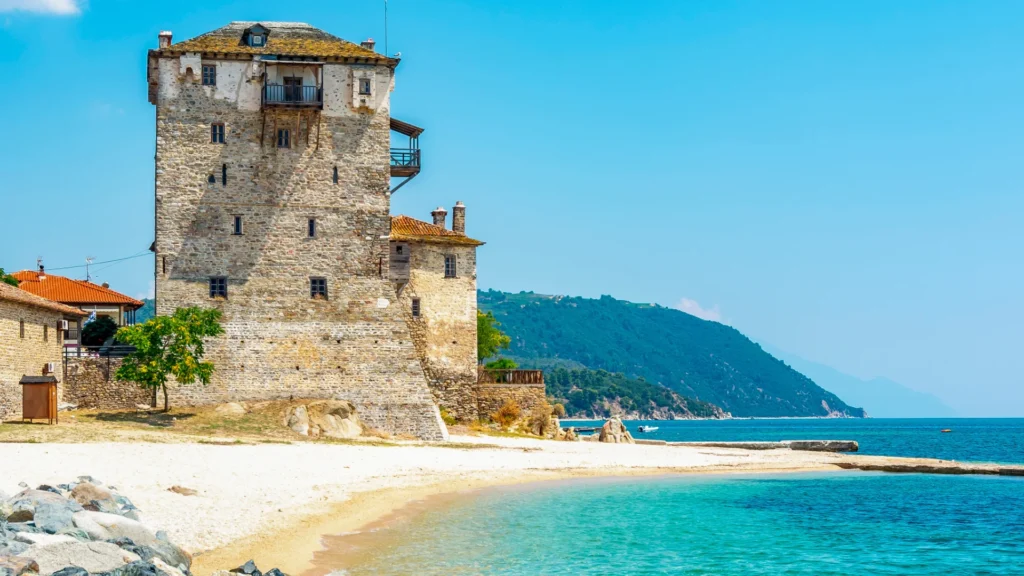Five of the seven wonders of the ancient world are Greek
Five of the seven wonders of the ancient world are Greek marvels, showcasing the ingenuity and craftsmanship of ancient Greece. These architectural masterpieces, including the Statue of Zeus at Olympia, Colossus of Rhodes, Lighthouse of Alexandria, The Temple of Artemis at Ephesus and Mausoleum at Halicarnassus, captivated travelers and continue to inspire awe today. While the list of Seven Wonders was subjective, these Greek creations have left an indelible mark on history.

Five of the seven wonders of the ancient world are Greek
The Seven Wonders of the Ancient World: A Glimpse into Greek Ingenuity
The Seven Wonders of the Ancient World represent an awe-inspiring collection of human achievements, showcasing the brilliance and ingenuity of various civilizations throughout antiquity. These remarkable structures were considered architectural marvels and attracted visitors from around the known world. Among them, four were creations of ancient Greece, each a testament to Greek craftsmanship and artistry.
What Are the Seven Wonders?
The Seven Wonders of the Ancient World were a list of extraordinary constructions of classical antiquity. This list, believed to have been created during the Hellenistic period, served as a guidebook for travelers. While not all of them have survived to the present day, they continue to captivate our imaginations.
The Classification of Wonders
There was no strict criteria or organization that determined the Seven Wonders. Instead, they were a product of popular opinion and travel accounts from ancient historians and scholars. This subjectivity led to variations in the list over time, with some wonders being replaced by others in different versions.
Statue of Zeus at Olympia: A Divine Marvel
The Statue of Zeus at Olympia was one of the most remarkable sculptures of the ancient world. Crafted by the renowned Greek sculptor Phidias around 432 BC, it depicted the king of the gods, Zeus, seated on a majestic throne. The statue stood at over 40 feet tall and was constructed from ivory and gold-plated bronze. It resided in the Temple of Zeus at Olympia and was considered a symbol of Greek artistry.
Colossus of Rhodes: A Guardian of the Harbor
The Colossus of Rhodes, built around 280 BC, was an enormous bronze statue that stood guard at the entrance of the harbor of Rhodes. The statue, which depicted the sun god Helios, was created to celebrate the island’s successful defense against an invasion. It stood approximately 108 feet tall and was renowned for its intricate detailing and craftsmanship.
Lighthouse of Alexandria: Guiding Mariners Safely
The Lighthouse of Alexandria, constructed on the island of Pharos in the 3rd century BC, was a towering beacon that guided sailors safely into the bustling port of Alexandria. Standing around 330 feet tall, it was one of the tallest man-made structures of its time. Its design included a large burning fire at its summit, which illuminated the night sky and served as a navigational aid.
Mausoleum at Halicarnassus: A Monument to Love
The Mausoleum at Halicarnassus, built in the 4th century BC, was a grand tomb erected for Mausolus, the satrap of Caria, and his wife Artemisia. It showcased an exquisite blend of Greek, Egyptian, and Lycian architectural styles. This monument was adorned with intricate friezes and sculptures, and its design influenced later structures, particularly in the realm of monumental tombs.
Temple of Artemis at Ephesus
The Temple of Artemis at Ephesus, a remarkable testament to ancient architecture, was dedicated to the Greek goddess Artemis. This majestic temple was characterized by its 127 impressive Ionic columns and intricate friezes. Tragically, it met its demise through natural disasters but was reconstructed even more grandiosely. Though Alexander the Great admired it and sought to rebuild it, his dream remained unfulfilled. Today, its scattered ruins stand as a testament to its historical and cultural significance.
In conclusion, the five of the Seven Wonders of the Ancient World attributed to Greece represent an enduring legacy of Greek architectural and artistic prowess. These awe-inspiring structures continue to capture the imagination of people worldwide, providing a glimpse into the remarkable achievements of the ancient Greeks and the enduring allure of their creations.
More History

Aristoteles
Aristotle, the ancient Greek philosopher, mentored Alexander the Great and made profound contributions to ethics, science, and philosophy, laying the foundation for Western thought.

Heraclitus
The philosopher Heraclitus, believed that change was fundamental to the universe. He famously said, “You cannot step into the same river twice,” emphasizing the ever-flowing nature of reality.

Pindar
Pindar, the ancient Greek lyric poet, composed odes to celebrate athletes’ victories in the ancient Games. His poetry celebrated not only athletic prowess but also divine and mythological themes.
